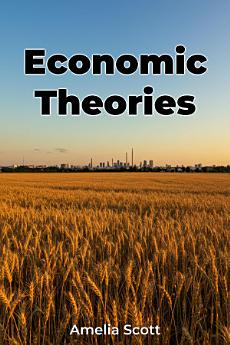Economic Theories
Feb 2025 · Publifye AS
Ebook
80
Pages
family_home
Eligible
info
reportRatings and reviews aren’t verified Learn More
About this ebook
Economic Theories provides a comprehensive exploration of foundational and modern economic concepts, revealing how centuries of economic thought have shaped our global landscape. It analyzes the progression of economic thought, from classical economics, with its focus on free markets and the ""invisible hand,"" to Keynesian economics, emphasizing government intervention during downturns. The book uniquely incorporates the rise of behavioral economics, integrating psychological insights into economic models to understand consumer behavior.
The book progresses logically, beginning with core concepts of classical economics and figures like Adam Smith, then transitioning to Keynesian economics and the role of fiscal policy. Finally, it explores behavioral economics, examining cognitive biases and their impact. By understanding this evolution, readers can better assess the strengths and limitations of each theory and apply them to contemporary challenges.
This approach offers a balanced view, acknowledging the strengths and weaknesses of different perspectives, making it valuable for students, professionals, and anyone seeking to navigate modern economic systems.
Rate this ebook
Tell us what you think.
Reading information
Smartphones and tablets
Install the Google Play Books app for Android and iPad/iPhone. It syncs automatically with your account and allows you to read online or offline wherever you are.
Laptops and computers
You can listen to audiobooks purchased on Google Play using your computer's web browser.
eReaders and other devices
To read on e-ink devices like Kobo eReaders, you'll need to download a file and transfer it to your device. Follow the detailed Help Center instructions to transfer the files to supported eReaders.








